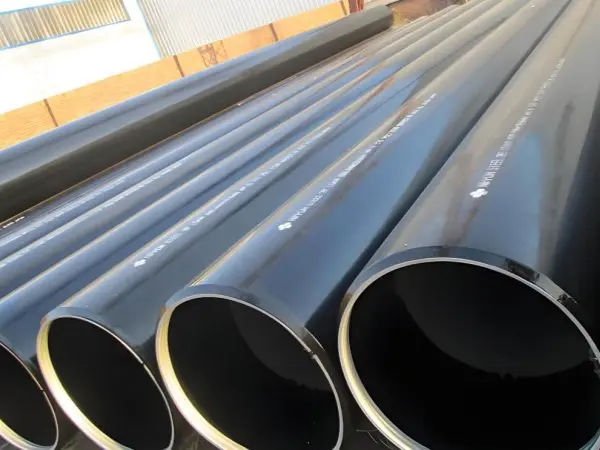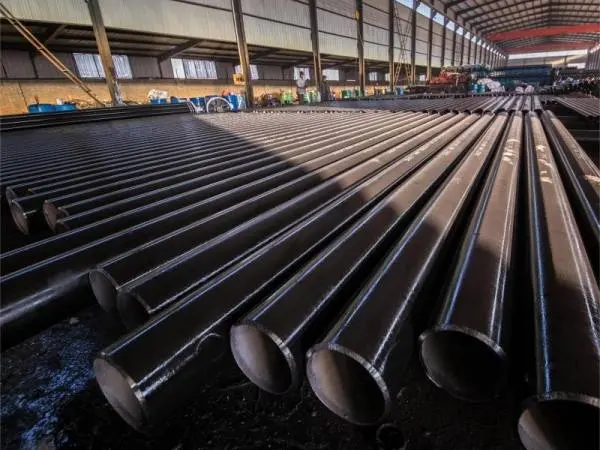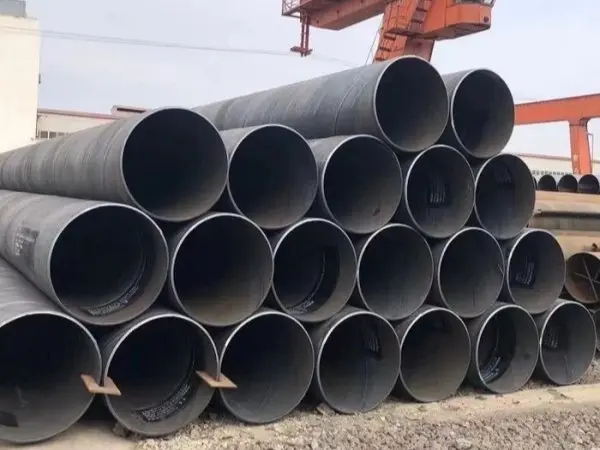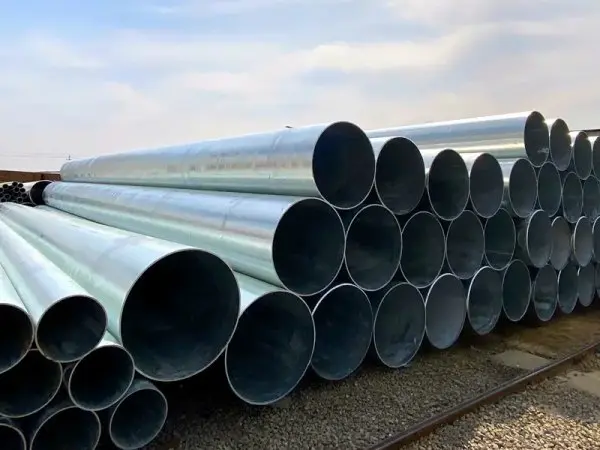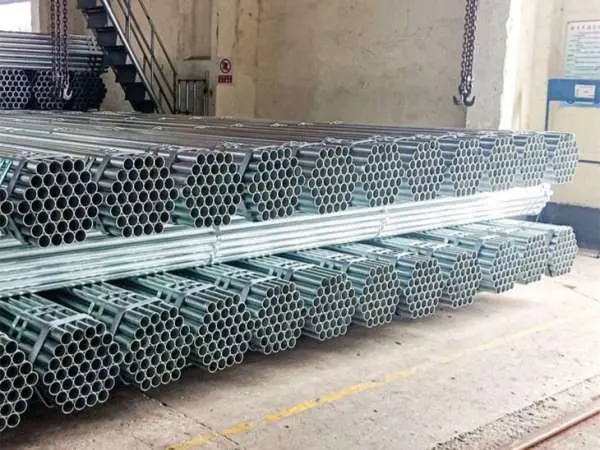- Phone0086 731 8564 8255
- E-mailsales@cscsteel-manufacturing.com
-

To ensure seamless carbon steel pipes meet performance and durability requirements, various treatment methods must be applied throughout their preparation and installation. Here are some of the key application treatment methods for seamless steel pipes.
Grinding the Nozzle
After cutting, an angle grinder should be used to grind the plastic layer at the pipe's nozzle. This step prevents the plastic from melting or burning during flange welding, which could damage the pipeline. The grinder ensures the plastic layer at the nozzle is clean and prepared for further treatment.
Plastic Coating Treatment
Once the nozzle is ground, oxygen and acetylene (C2H2) are used to heat the nozzle’s outer pipe until the inner plastic layer melts. A skilled worker then evenly applies plastic powder to the nozzle. Careful attention is required during this process to ensure proper application, particularly above the water stop line of the flange plate. The heating temperature must be controlled precisely to avoid issues such as bubbling (from excessive heat) or incomplete melting (from insufficient heat), which can result in corrosion or damage to the pipe over time.
Cutting Seamless Steel Pipes
The pipes should be cut according to the required length using metal or toothless saws. When water welding is involved in the cutting process, the raw materials must be protected. Fire-resistant and heat-resistant materials should be placed at both ends of the cut to catch any sparks or hot iron particles, thus preserving the original plastic layer of the pipe.
Pipe Connection
After plastic repair, connect the pipe and fittings. Rubber pads should be added between the flanges to ensure a sealed connection, and the bolts tightened to complete the secure fitting. This process ensures that the connection points are protected from leaks and corrosion.
Additionally, seamless black steel pipes, which are made from non-galvanized steel, have a dark-colored iron oxide coating. These pipes are typically used in applications that do not require galvanized steel due to their specific properties.
